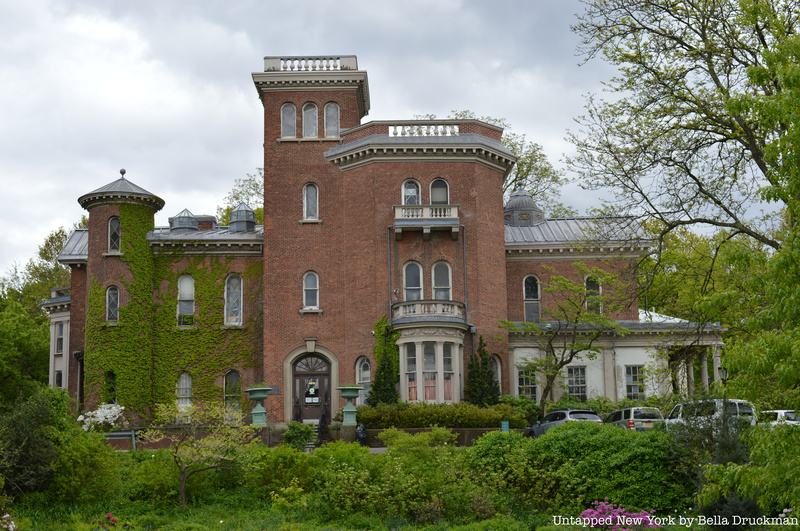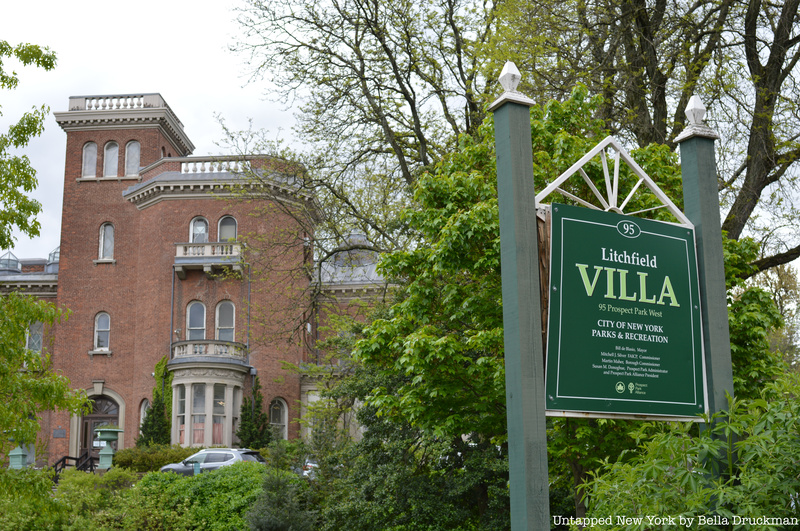
Edwin C. Litchfield, a well-known Brooklynite, revolutionized the Gowanus Canal, turning it from a small creek into a major shipping canal. Despite the rather visible pollution in the Gowanus Canal today, Litchfield left behind a more beautiful landmark in Brooklyn. This landmark, Litchfield Villa, peaks out of the trees in Prospect Park, calling all to see its beauty.
Litchfield commissioned his Italianate-style villa in 1855, costing $150,000. Architect Alexander Jackson Davis would finish the villa in 1857. Gaining fame after building Lyndhurst Mansion in 1838, he would later go on to build New York City’s Federal Hall and the Hudson Valley mansion Locust Grove.
The Litchfield family, including Edwin, his wife Grace, and their five children, lived in this house for years until unforeseen circumstances forced them to move. Litchfield Villa was named a New York City landmark on March 15, 1966. Today, children play catch with their friends and family as cars drive past this historic villa.
1. New York City confiscated Litchfield Villa to build Prospect Park

Although Litchfield owned much of the land in what is now Prospect Park and Gowanus, Brooklyn, this did not stop the City of Brooklyn from seizing his land. In 1869, the Litchfield family ceded their 50 acres of land devoted to Litchfield Villa. Although the city allowed the family to live in the villa until 1883, Litchfield left the villa for elsewhere abroad following the death of his wife.
Today, the villa, which originally stood amid Litchfield’s hoards of acres, remains in a flurry of trees, bustling New Yorkers, and parked cars. Minutes from the Soldiers and Sailors Memorial Arch, the Prospect Park Zoo, and the Brooklyn Museum, Litchfield remains one of the oldest landmarks in Park Slope.





